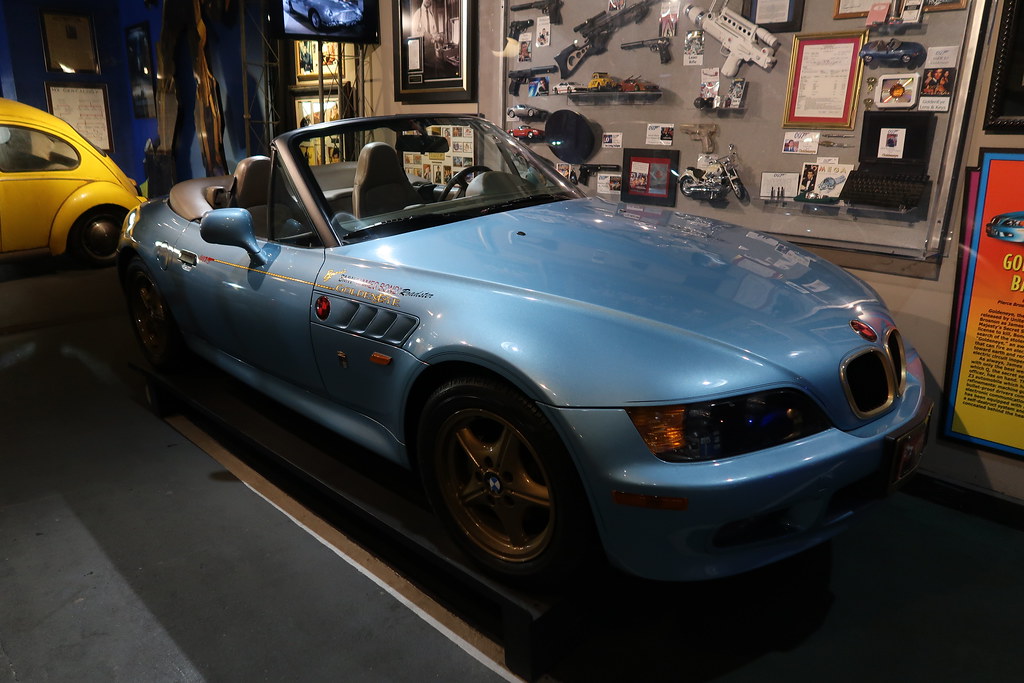When it comes to the world of luxury vehicles, few names ring with the resonance and prestige of Aston Martin. Known for their striking designs, powerful performance, and unparalleled craftsmanship, Aston Martins are more than just cars; they’re symbols of status, beauty, and engineering excellence. Among the fleet, the Aston Martin Vanquish stands out as a particularly illustrious model, blending tradition and innovation in ways that continue to captivate enthusiasts and critics alike. But beyond its sleek exterior and roaring engine lies an aspect of design that is as much about functionality as it is about finesse: the interior cabin. And it’s here that Aston Martin’s design team, led by their innovative design director, employs a unique method to ensure the perfect balance between screens and buttons—an approach colloquially known as the “piss-off factor” test.

The Aston Martin Vanquish, with its rich lineage and evolution from the original V12 Vanquish introduced in 2001 to the second generation that graced roads until 2018, has always pushed the boundaries of what a grand tourer can be. From the drawing board of Ian Callum to the meticulous engineering that made it a favorite for even the likes of James Bond, the Vanquish encapsulates Aston Martin’s vision for the ultimate driving experience. However, in an age where digital interfaces dominate, striking the right balance in the cabin’s design between tactile buttons and digital screens is a challenge that Aston Martin has met with an unorthodox strategy.
The “piss-off factor” test, as it may sound, is not about frustrating their designers or engineers. Instead, it’s a measure used to determine how the integration of technology affects the driving experience—too many screens and one risks detaching the driver from the visceral experience of piloting an Aston Martin, too many buttons, and the cabin may seem outdated, cluttered. It’s a delicate balance, one that requires understanding not just of design, but of the driver’s psychology and the car’s character.
Consider the journey of the Vanquish, from its first generation with the powerful yet elegant V12 engine, the use of advanced materials like carbon fibre, and a bespoke bonded aluminium composite chassis, to the second generation’s refined aerodynamics, increased power, and adoption of the VH platform. Each iteration of the Vanquish not only advanced in terms of performance but also in how drivers interact with the vehicle. The interior, with its choice of leather upholstery and metallic details, marked a departure from the wood trims of its predecessors and signaled a new direction in cabin design—one that valued minimalism without sacrificing functionality.
In applying the “piss-off factor” test, Aston Martin’s design team meticulously analyzes how each element, from the placement of a button to the swipe of a screen, contributes to or detracts from the driving experience. It’s a process that acknowledges the tactile pleasure derived from the physical interaction with the car’s controls, the intuitive nature of a well-placed knob, and the clear, accessible information a screen can provide when used judiciously. This philosophy extends beyond mere aesthetics or tradition; it’s about creating an environment that enhances the joy of driving, ensuring that drivers are engaged, informed, and, most importantly, in control.
The result of this meticulous approach is evident in the cabin of the Vanquish, where every button and screen serves a purpose, enhancing functionality without overwhelming the senses. It’s a testament to Aston Martin’s commitment to blending heritage with innovation, where the legacy of craftsmanship meets the forefront of technology. And it’s this unique approach to interior design, guided by the “piss-off factor” test, that ensures the Aston Martin Vanquish remains not just a marvel of engineering and design, but a beacon of the ultimate driving experience.
In a world increasingly dominated by digital interfaces, the importance of maintaining a connection to the physical, to the tactile, becomes ever more paramount. Aston Martin’s approach, prioritizing balance, functionality, and the driving experience, serves as a reminder that, even in the age of screens, the essence of luxury and performance lies in the harmony between man and machine. The Vanquish, with its storied past and innovative present, exemplifies this harmony, proving that true luxury is not just about how a car looks or the technology it harbors, but how it feels to be behind the wheel, engaged in the timeless act of driving.




